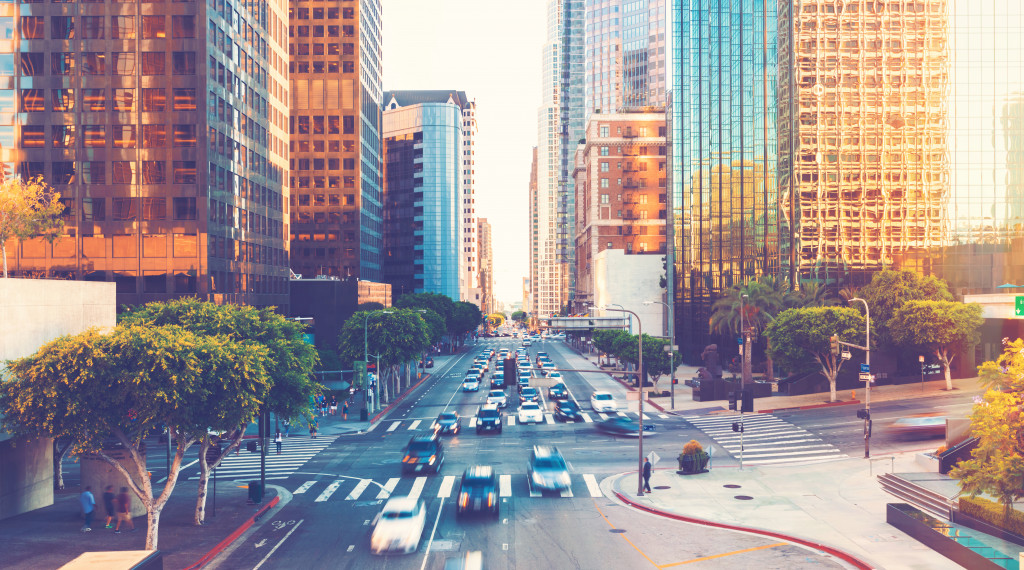Dealing with traffic has become a daily occurrence in the modern person’s life, whether as a commuter, car owner, or cyclist. Most of society finds itself moving from one place to another at the same time – as a product of work and school systems operating on identical schedules – causing road congestion. The preference for private vehicles due to its convenience and comfort further aggravates the problem. Major complications crop up, such as increased accidents, air, and noise pollution, delayed emergency assistance, and reduced productivity. In the US alone, the total cost of lost productivity caused by traffic has been estimated at $87 billion in 2019. It becomes imperative for countries to find new ways to keep pace with the increasing onslaught of vehicles on the road. Looking at recent technological advancements might give the answer to beating traffic.
Air taxis
When the capacity of roads is not enough, why not take mobility to the skies. Air taxis, small aircrafts making short on-demand flights, are being considered an option to get around given the waste of time being stuck on the road entails. They can even make a trip to the Bahamas from Fort Lauderdale, Florida, in a short time if one wishes. Interest in the concept of aircraft, both piloted and autonomous, are increasing with government regulators vowing to facilitate its advancement. The US, for example, has air charter operations governed by Part 135 of the Federal Aviation Regulations (FAR), which is less strict than its scheduled air carrier counterparts.
Real-time traffic feedback
The trend of Big Data has paved the way for real-time traffic monitoring to be possible. Large amounts of data on traffic conditions and driving behaviors are gathered from different sources and analyzed to come up with implementable solutions. This method leverages on crowd feedback, using cars and mobile phones as roaming sensors. Cities have a better grasp of deploying resources in mitigating traffic, such as repairing potholes, planning future road projects, and deploying traffic deputies in accident-prone areas and bottlenecks.
Adaptive traffic signals

Normal traffic lights usually follow a strict schedule, unable to adapt to changing trends in traffic. Some cities have adopted smart traffic systems. The lights have sensors installed on intersections, which help them respond to changing traffic flow. Frustrations on sitting at a red light when no cars are passing or being stuck through multiple light changes with no movement will be a thing of the past.
Ride-sharing mobile applications
Reducing the number of cars plying the highways will drastically lessen congestion. Private vehicles, as compared to public transportation like buses and trains, take up bigger real estate on the road while moving a few people. Ride-sharing – people heading the same direction share a car – marries the strengths of both types of mobility. Apps with ride-sharing functions make it easier for people with identical routes to connect. Researchers from the Massachusetts Institute of Technology (MIT) have also found that these apps could reduce traffic by 75%.
Traffic will always be a side effect of a city’s rise to development as people continue to drive around in private vehicles. Using technological innovations can help work toward solutions in beating the gridlock.


